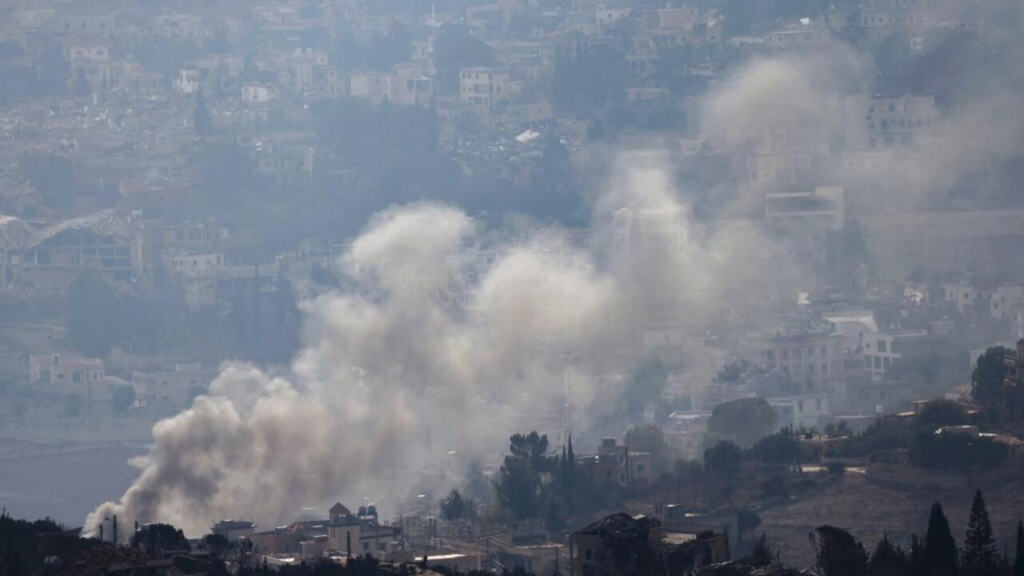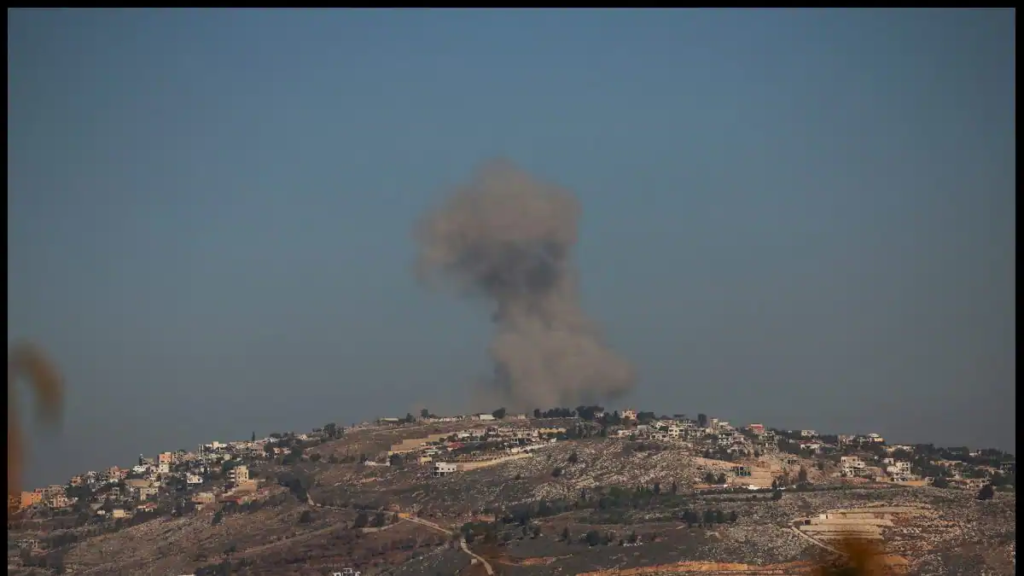The recently US brokered Israel-Hezbollah Ceasefire stands on shaky ground, with both sides locked in a cycle of escalating violence and mutual accusations.
Less than a week after its inception, the truce, mediated by the United States and France, faces serious challenges. Amid accusations of ceasefire violations, both parties continue to engage in hostilities that threaten to unravel the delicate agreement, undermining hopes for lasting peace in the region.
The Fragility of Israel-Hezbollah Ceasefire
The ceasefire was viewed as a crucial step to end the devastation caused by months of conflict that claimed nearly 4,000 lives, particularly in southern Lebanon.
Israel’s offensive against Hezbollah, launched in September 2023, saw extensive destruction of infrastructure and displacement of civilians. In response, Hezbollah intensified rocket fire into northern Israel, resulting in a humanitarian crisis on both sides.
While the ceasefire requires Israel to cease offensive operations and Hezbollah to move its armed presence north of the Litani River, recent events highlight significant breaches.
Read : Israeli Forces Destroy Rafah Tunnel Shafts, Rocket Launchers: A Closer Look
Israeli airstrikes in Talousa and Haris killed at least nine people, including civilians, with additional casualties in Nabatieh. Israel framed these operations as necessary responses to Hezbollah provocations, asserting that the group has continued to stockpile weapons and fortify positions near the border.
Read : Israel Bans Mosques From Using Loudspeakers for Islamic Prayer Calls
Hezbollah retaliated by launching missiles into the disputed Shebaa Farms area, describing their action as a defensive measure. The group accused Israel of violating the ceasefire 54 times through air raids, drone incursions, and artillery fire. Despite appeals to international mediators, these violations have persisted, escalating tensions further.
Mutual Accusations and Political Rhetoric
Both sides have engaged in a blame game that underscores the fragility of the ceasefire. Israeli officials, including Foreign Minister Gideon Saar, accused Hezbollah of repositioning weapons in violation of the agreement.
Finance Minister Bezalel Smotrich advocated for a strong military response, describing Hezbollah’s actions as provocations that must be met with force. This rhetoric reflects Israel’s broader strategic concerns about Hezbollah’s influence and the threat posed by its missile arsenal.
On the Lebanese side, Speaker of Parliament Nabih Berri condemned Israeli actions, citing multiple violations that include targeted airstrikes and incursions.

He emphasized that these actions undermine efforts to stabilize the region and contravene the ceasefire terms. Lebanese officials argue that the ongoing violence reflects Israel’s unwillingness to adhere to the agreement, further complicating efforts to restore peace.
The mutual accusations reveal deeper geopolitical dynamics at play. Hezbollah’s military strength and political influence in Lebanon are sources of tension with Israel, which views the group as a proxy for Iran’s regional ambitions. Conversely, Hezbollah frames its actions as resistance against Israeli aggression, positioning itself as a defender of Lebanese sovereignty.
Regional Implications and the Path Ahead
The Israel-Hezbollah conflict does not exist in isolation; it is part of a broader pattern of instability in West Asia. In Gaza, ongoing violence has resulted in over 44,000 deaths since Israel launched a military campaign following Hamas’s attack on October 7, 2023.
The conflict in Syria adds another layer of complexity, with airstrikes targeting rebel-held regions and Iranian-backed militias bolstering Assad’s forces.
The Lebanon-Israel ceasefire was a crucial step toward de-escalating these interconnected conflicts. However, its success depends on both parties adhering to their commitments and international mediators playing an active role in addressing violations.
The United States and France, key brokers of the truce, face the challenge of ensuring compliance while navigating the broader geopolitical landscape.

State Department officials have stressed the importance of using established mechanisms to address violations, emphasizing the need for dialogue over military responses. However, reports of Israeli forces advancing into new areas of southern Lebanon and Hezbollah’s continued missile launches raise questions about the durability of the agreement.
Ultimately, the ceasefire represents a temporary pause in hostilities rather than a lasting solution. Achieving peace requires addressing the underlying issues that fuel the conflict, including territorial disputes, security concerns, and the broader regional power struggle. Without meaningful progress on these fronts, the ceasefire will remain fragile, and the risk of renewed violence will persist.
The situation in Lebanon reflects the broader challenges facing West Asia: a region marked by overlapping conflicts, competing interests, and deep-seated grievances. While the ceasefire has temporarily reduced the scale of violence, its long-term success remains uncertain.
Whether it can lead to lasting peace depends on the willingness of both parties to honor their commitments and the ability of international mediators to enforce the terms of the agreement.

